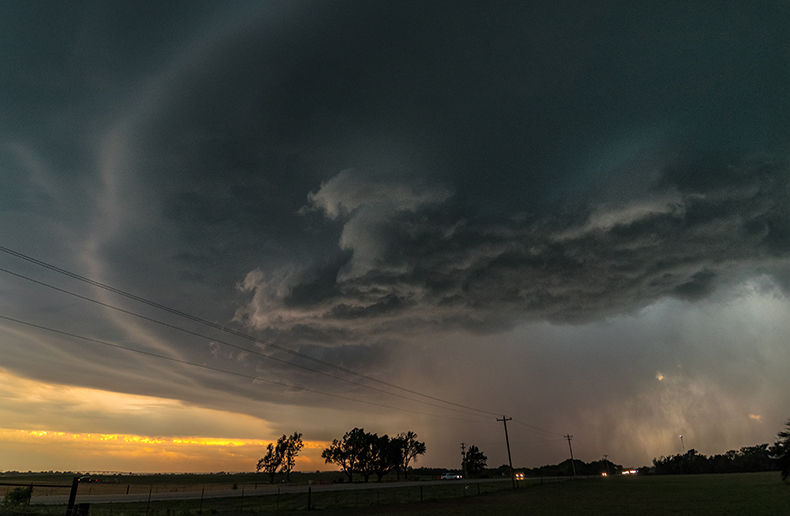Book cost or original cost? Dollar-weighted returns only or with time-weighted returns? Embedded or separate statements?While financial advisors are being told to start discussing the compensation and disclosure requirements of CRM2 now with their clients, operations employees at mutual fund dealers are busy working through calculations and making decisions on how to produce the final results.
CRM2 regulations, which are being phased in over three years, introduce new requirements for reporting to clients about the costs and performance of their mutual fund investments and the content of their accounts. The first phase went into effect July 15, 2014, and when the final phase kicks in beginning July 15, 2016, firms must provide an annual report on all charges and other compensation – in dollar terms – as to the amount dealers or advisors are paid for the products and services they provide.
In bringing in the new rules, regulators have given fund dealers some choices on how they would like to implement the new statements.
For example: dealers can opt to use book cost or original cost, William Donegan, chief compliance officer with Scotia Securities Inc., told those attending IFIC’s Operations Day seminar in mid-November.
Dealers immediately recognized that the problem with this is that one dealer may use original cost, while another may choose book cost.
“Customers who try to compare statements may not be able to have a meaningful comparison,” said Donegan. “Choice is generally good but inconsistency between dealers [can] cause issues that will have to be considered for the future.”
Percentage return
Dealers are also looking at whether to use just the new but compulsory dollar-weighted return method, which will show an account’s return in dollar terms, or also include time-weighted return, which shows a percentage return and is the method the mutual fund industry has used for years.
There’s no easy switch, said Karim Manaa, a partner with Investment Management Services at Deloitte LLP, because time-weighted has been the industry norm and it’s not easy to reconcile it to dollar-weighted.
“It could be done, but it would be very, very complicated. In other words, you would have to put in place a really heavy and complicated mechanism.”
Regulators have also left the decision up to mutual fund dealers as to whether to embed the new disclosure requirements in the statement or send them as a stand-alone to investors, said Patti Best, senior vice president, client experience at Mackenzie Investments.
Statements could range from three to nine pages, depending on which option is chosen, said Best. Each account (such as RRSP, spousal RSP, TFSA, RESP) will generate a separate statement unless there’s formal agreement from the client to have one consolidated statement, said Manaa.
There are also firms that have already indicated they will send out statements outlining every single fee that they charge and zero out the costs not associated with a particular client as part of a marketing tool, said Best.
While each firm’s statements may look different, the information inside will be basically the same in outlining the costs, she said.
The disclosure will include explaining all the fees and costs incurred by the client, along with definitions of terms such as commissions, deferred sales charges and management fee rebates.
Common terminology
A positive, she said, is that almost all industry associations are working together to get common terminology, written in plain language, to help explain the costs – another CRM2 requirement. This will help lower the chances of dealers coming out with similar, but different, definitions.
The implementation also allows for various reporting cycles, although Best noted that most clients will expect reports to be on a calendar year-end, not on a mid-month or mid-year report.
“We all know that this initiative will be complex and come with significant system challenges,” said Best. “It’s important that we really start to focus on this now.”
If they haven’t started already, firms must begin gathering data through FundServ or third parties, ensure they have all the required fields and start formatting the information.
Training of back-office staff is critical since call volumes are expected to increase when the 2016 requirements come into effect.
An industry inter-communications committee has been working on material for all client groups to use – including advisors and dealers, she said.
“There is no such thing as saying there is too much information. You should start putting out this material well in advance.”
Best also suggested firms give themselves a full year to test the data and the program and ensure all is working as it should.
Data integrity
“Data integrity is critical,” said Best. “We can’t stress that enough. People may be using this information to make financial decisions, so we as an industry have no room for error here. We are going to have to execute on this flawlessly,” adding that the last thing the industry wants to do is backtrack and explain any errors.
Meanwhile, the Investment Industry Association of Canada (IIAC) has asked the Canadian Securities Administrators (CSA) to delay implementing CRM2.
The last scheduled changes for the three-staged initiative have been set for July 15, 2016. But in its letter to the CSA, the IIAC says the dates should reflect the fact that two components due for July 15, 2015 are still not final and the deadline for that should now be pushed to January 1, 2016.
As well, it says it would be better for investors if the rules were aligned to the closest calendar year-end.
“We believe the July 15, 2016 due date should align, at the registrant’s option, to the closest calendar year-end and take effect on January 1, 2017, so the performance and fee reports could be provided for calendar years 2016 and 2017 in mid-January 2018,” said the IIAC.
“Calendar-year reporting will ensure investors have the relevant information at the time most useful to them, that is, information used for RRSP and tax decisions at tax season, as well as for general financial planning many do at the start of the year.”






